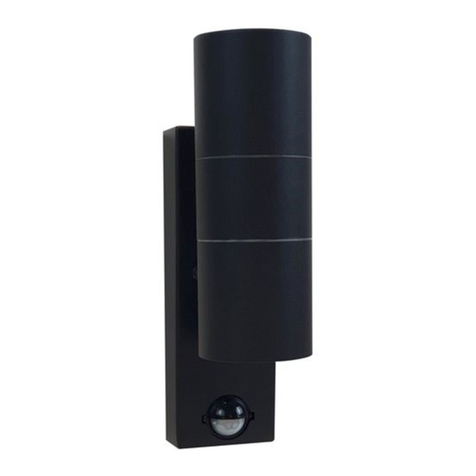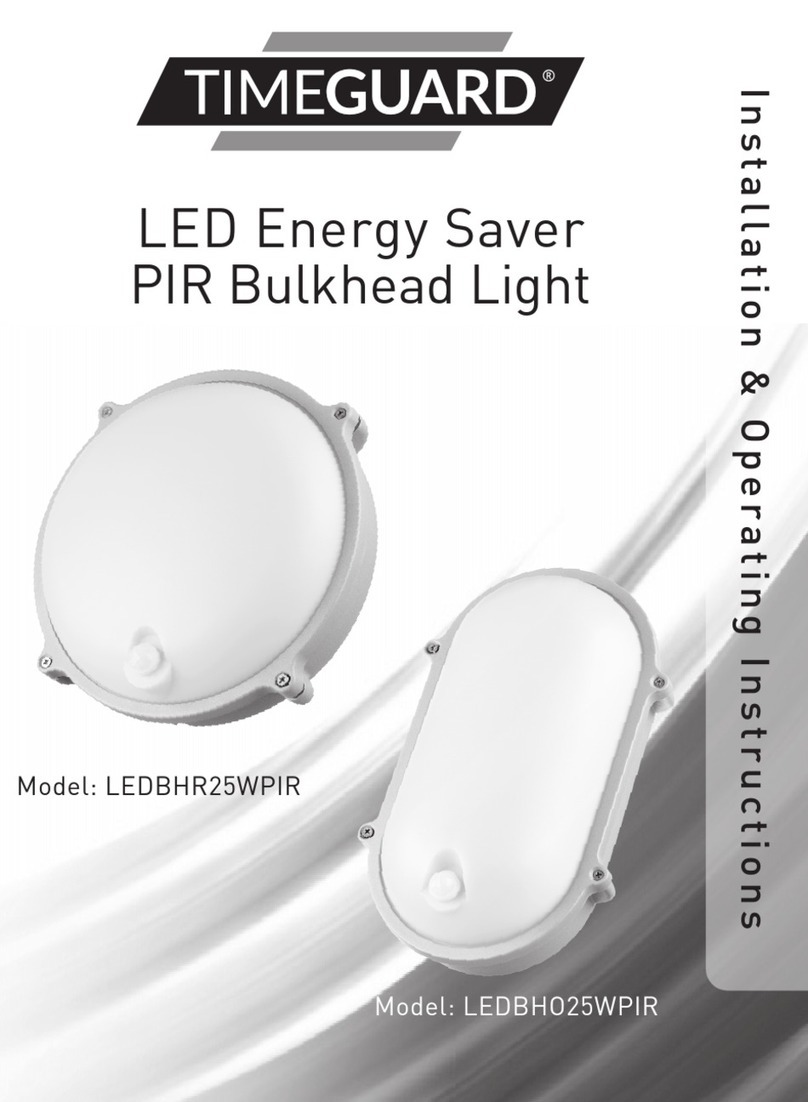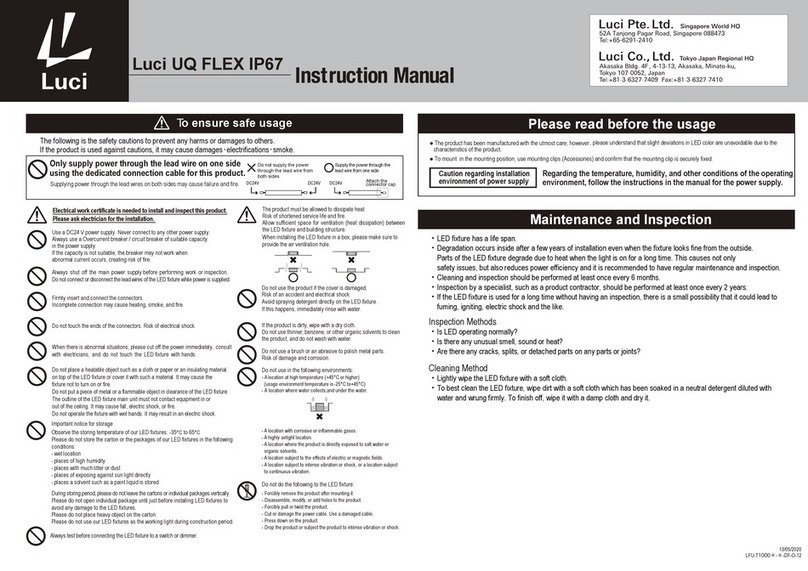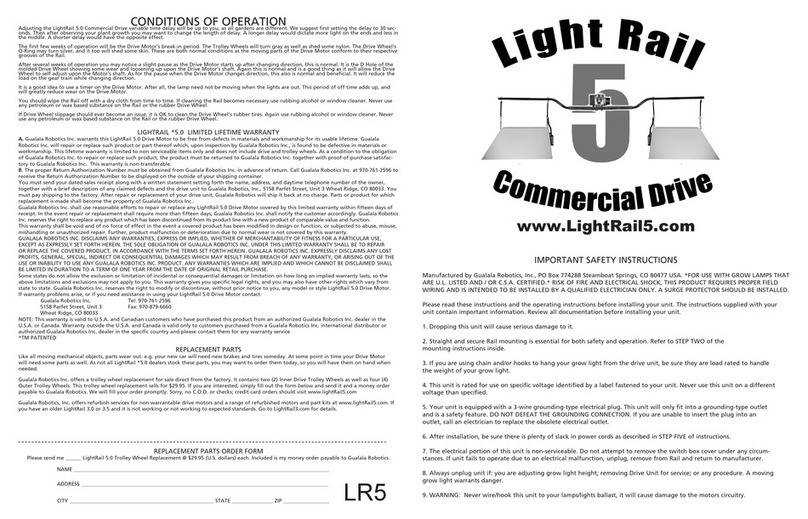Theben Timeguard PDFM1500 Manual

I n s t allation & O perating Instruc t ion s
360° Flush Mount Wall
PIR Light Controller
Model: PDFM1500

1
1. General Information
These instructions should be read carefully and retained for further reference
and maintenance.
2. Safety
• Before installation or maintenance, ensure the mains supply to the PIR sensor
is switched off and the circuit supply fuses are removed or the circuit breaker
turned off.
• It is recommended that a qualified electrician is consulted or used for
the installation of this PIR sensor and install in accordance with the
current IEE wiring and Building Regulations.
• Check that the total load on the circuit including when this PIR sensor
is fitted does not exceed the rating of the circuit cable, fuse or circuit breaker.
3. Technical Specifications
• 230V AC 50 Hz
• This PIR is of Class ll Construction and must not be earthed
• Motion Detection Range: Up to 10 metres diameter (4.5m Radius)
at a 3m mounting height
• Presence Detection Range: Up to 3 metres diameter (1.5m Radius)
at a 3m mounting height
• Detection Angle: 360°
• Maximum Switching Load: 1500W Halogen/Fluorescent Lighting
420W LED Lighting
420W Discharge Lighting (SON, HQI)
250W Fan Load
• Time ON Adjustment: 1 minute to 30 minutes
• Dusk Level Adjustment: Day and Night or Night time only operation
• IP44 Rated suitable for restricted internal applications
• CE Compliant
• EC Directives: Conforms to latest directives
• MultiplePIR SensorSwitching: A maximum of 4 PDFM1500 PIR sensors
can be wired in parallel, to enable any detector
to turn ON all the lights connected
(The total load must not exceed the lamp rating
of a single PDFM1500 unit).

2
2
4. Selecting a Location
• The motion detector has a number of detection zones, at various vertical
and horizontal angles as shown (see diagram “A”).
• The best all-round coverage is achieved with the unit mounted at
the optimum height of 3m.
• Careful positioning of the sensor will be required to ensure optimum
performance. See diagram “A” & “B”, detailing detection range and direction.
• The sensor is more sensitive to movement ACROSS its field of vision than
to movement directly TOWARDS (See diagram “B”). Therefore position the unit
so that the sensor looks ACROSS the likely approach path.
• Reflective surfaces (i.e. pools of water or white-painted walls) may cause
false activation under extreme conditions.
Diagram A Diagram B
Side View
Top View
3m
360
More
sensitive
Less
sensitive
Up to 3m Presence Detection
Up to 10m Motion Detection
Side View
Top View
3m
360
Up to 3m Presence Detection
Up to 10m Motion Detection

3
Time On Lux
Time On
setting
Lux
Dusk/Dawn
setting
Levering area
L1 N
Switched
Load
OUT
230V AC 50Hz
Mains Supply
IN
LN
L
ocating
springs
Locating springs fitted position
3
5. Installation
• Ensure the mains supply is switched off and the circuit supply fuses
are removed or the circuit breaker turned off.
• An isolating switch should be installed to enable the power to be switched
ON and OFF formaintenance purposes.
• Mark the position of the 65mm diameter locating hole centre, taking care
to avoid ceiling joists and other obstructions within the 65mm diameter.
• Drill a pilot hole to take the centre shaft of the hole cutter.
• Use the hole cutter to cut the required hole.
• Pass the 230V 50Hz mains supply and load cables through the hole
and prepare for termination.
• Terminate the cables into the terminal block ensuring correct polarity is observed
and that all bare conductors are sleeved (See section 6. Connection Diagram).
• When wiring is complete, fit the cable clamp wiring cover to the sensor unit
with the 2 screws provided (See diagram “E”).
• The adjustment knobs located beneath the sensor head (see diagram “C”)
are factory set to “Walk Test Mode”. Double check they are set as follows;
TIME – Fully anti-clockwise (Test mode).
DUSK – Fully clockwise.
Note: Make sure the Lux and Time controls are located at the bottom of the product.
• Fit the sensor to the wall box and secure it with the two fixing screws provided.
Side View
Top View
3m
360
More
sensitive
Less
sensitive
Up to 3m Presence Detection
Up to 10m Motion Detection
Top View
3m
360
More
sensitiv
Less
sensitive
Up to 3m Presence Detection
Up to 10m Motion Detection
More
sensitive
Less
sensitive
Time On Lux
Time On
setting
Lu
Dusk/Daw
settin
Levering
L1 N
Switched
Load
OUT
230V AC 50H
Mains Supply
IN
LN
L
ocating
springs
pulled
back
Side View
Top View
3m
360
Less
sensitiv
Up to 3m Presence Detection
Up to 10m Motion Detection
Side View
Top View
3m
360
More
sensitive
Less
sensitive
Up to 3m Presence Detection
Up to 10m Motion Detection

Sensor
Cable clamp
Wiring cover
Locating springs fitted position
Min 12mm
Max 20mm
4
4
Diagram C Diagram D
Diagram E
Time On Lux
Time On
setting
Lux
Dusk/Dawn
setting
Levering area
L1 N
Switched
Load
OUT
230V AC 50Hz
Mains Supply
IN
LN
Sensor
Cable clamp
Wiring cover
L
ocating
springs
pulled
back
Locating springs fitted position
Min 12mm
Max 20mm
Time On Lux
Time On
setting
Lux
Dusk/Dawn
setting
Levering area
L1 N
Switched
Load
OUT
230V AC 50Hz
Mains Supply
IN
LN
L
ocating
springs
pulled
back
Dusk/Dawn
area
230V AC 50Hz
Mains Supply Sensor
Cable clamp
Wiring cover
Locating springs fitted position
Min 12mm
Max 20mm
More
sensitive
Time On Lux
Time On
setting
Lux
Dusk/Dawn
setting
Levering area
L1 N
Switched
Load
OUT
230V AC 50Hz
Mains Supply
IN
LN
L
ocating
springs
pulled
back
Time On Lux
Time On
setting
Lux
Dusk/Dawn
setting
Levering area
L1 N
Switched
Load
OUT
230V AC 50Hz
Mains Supply
IN
LN
Sensor
Cable clamp
Wiring cover
L
ocating
springs
pulled
back
Locating springsfitted position
Min 12mm
Max 20mm

Sensor
Locating springs fitted position
Min 12mm
Max 20mm
Sensor
Cable clamp
Wiring cover
Locating springs fitted position
Min 12mm
Max 20mm
5
6. Connection Diagram
• Connect cables to the terminal block as follows;
230V AC 50Hz Mains Supply
Live (Brown or Red) to L
Neutral (Blue or Black) to N
Load
Switch Live (Brown or Red) to L1
Neutral (Blue or Black) to N
N N
230V AC
50Hz
MAINS
SUPPLY
LOAD
L
N
ISOLATION SWITCH
L1 L

6
6
7. Setting Up
Walk Test Procedure
• Turn the power to the unit ON. The lamp will immediately illuminate
as the unit goes through its “warm-up” period. After approximately
1 minute the lamp will extinguish. This indicates the unit is
wired correctly and the unit is in Test Mode.
• Try to remain outside the detection area during the warm-up period.
• The unit will now operate during daytime as well as at night, illuminating the
lamp for approx. 5 seconds each time. This allows testing to be carried out
to establish whether the sensor is covering the required area.
• Walk across the location the sensor is fitted, to establish the detection area.
• The sensor will detect you approximately up to 9 metres forward at mounting
height of 1m.
• As you cross a detection “zone” the lamp will illuminate. Now stand still
until the lamp extinguishes (this should take approx. 5 seconds).
• Start moving again after 2 seconds. As you cross each “zone” the lamp
will illuminate.
• Repeat the above, walking at various distances and angles to the unit.
This will help you to confirm the detection pattern.
HELPLINE
020 8450 0515

7
Setting Up for Automatic Operation
• When walk tests are complete, the unit can be adjusted for
automatic operation.
• The TIME setting controls how long the unit remains illuminated
following activation and after all motion ceases.
• Use a thin flat blade screwdriver to make adjustments.
• The Time control knob at fully anti-clockwise is Test Mode, slightly adjust
to above the T is minimum time approx. 1 min, whilst the maximum time
(fully clockwise) is approx. 30 minutes.
• Set the control to the desired setting between these limits.
• The DUSK control determines the level of darkness required for the unit
to start operating. The setting is best achieved by the procedure below;
1. Set the DUSK control knob fully anti clockwise.
2. When the ambient light level reaches the level of darkness at which
you wish the lamp to become operative (i.e. at dusk) SLOWLY rotate
the control in a clockwise direction until a point is reached where
the lamp illuminates.
3. Leave the control set at this point.
• At this position the unit should become operative at approximately
the same level of darkness each evening.
• Observe the operation of the unit. If the unit is starting to operate too early
(i.e. when it is quite light) adjust the control slightly anti-clockwise.
If the unit starts to operate too late (i.e. when it is very dark).
Adjust the control slightly clockwise.
• Continue to adjust until the unit operates as desired.
• Once the unit is set up as desired, ease the unit back into position
under spring pressure.

8
8
8. Troubleshooting
Problem
• The lamp stays
ON all the time
at night.
• The PIR keeps
activating for no
reason at random.
• The PIR will not
operate at all.
Solution
Cover PIR lens with a thick cloth. If the light turns out,
check detection area for heat or reflective source.
If the light stays ON, check wiring (See section 6.
Connection Diagram).
Turn off at the isolation switch. Turn back ON again
after 30 seconds. Leave for approximately 15 minutes.
If light activates, check area for false activation from
heat, wind or reflective source.
Check that the power is switched ON at the power
supply or isolation switch.
Turn OFF the power to the unit and check the wiring
connections (See section 6. Wiring Diagram).
Check the lamp. If the lamp has failed, replace.
Ensure that the lamp is seated correctly in the lamp
holder. Please note that the unit will not detect
through glass. (e.g. in a glazed porch).

9
• The PIR sensor will
not operate at night
• The unit activates
during the daytime
The level of ambient light in the area may be too bright
to allow operation at the current DUSK setting.
During the hours of darkness, adjust the DUSK control
slowly clockwise until the lamp illuminates (See section
7. Setting Up).
Adjust the DUSK Control setting anti-clockwise to
lower the level of ambient light required for activation.

10
3 Year Guarantee
In the unlikely event of this product becoming faulty due to defective material
or manufacture within 3 years of the date of purchase, please return it to
yoursupplier in the first year with proof of purchaseand it will be replaced
freeof charge. For years 2and 3 or any difficulty in the first year,
telephone the helpline on 020 8450 0515.
Note: A proof of purchase is required in all cases. For all eligible replacements
(where agreed by Timeguard) the customer is responsible forall shipping/
postage charges outside of the UK. All shipping costs are to be paid in
advance before a replacement is sent.

TW September 2021
67-058-425 (Issue 3)
Timeguard Limited.
Victory Park, 400 Edgware Road,
London NW2 6ND
Sales Office: 020 8452 1112
or email csc@timeguard.com
For a product brochure please contact:
If you experience problems, do not immediately return the unit
to the store. Telephone the Timeguard Customer Helpline;
Qualified Customer Support Co-ordinators will be on-line
to assist in resolving your query.
HELPLINE
020 8450 0515
or email helpline@timeguard.com
www.timeguard.com
Table of contents
Other Theben Lighting Equipment manuals
Popular Lighting Equipment manuals by other brands
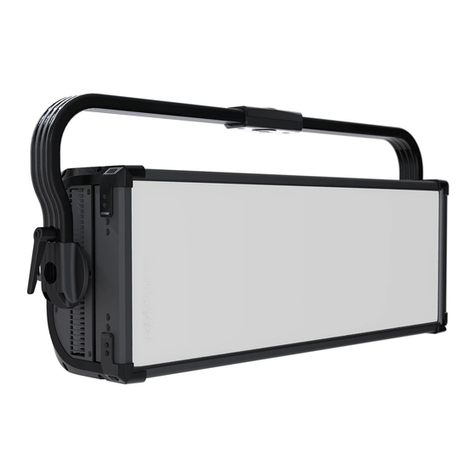
ETC
ETC fos/4 Series user manual

GAME OF BRICKS
GAME OF BRICKS Millennium Falcon 75192 instruction manual
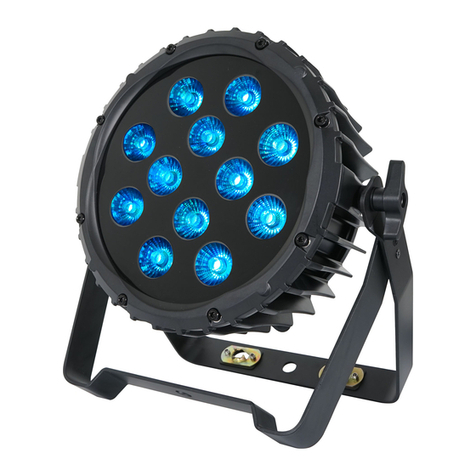
Ledj
Ledj LEDJ283A user manual

Chauvet
Chauvet SlimPAR PRO VW user manual
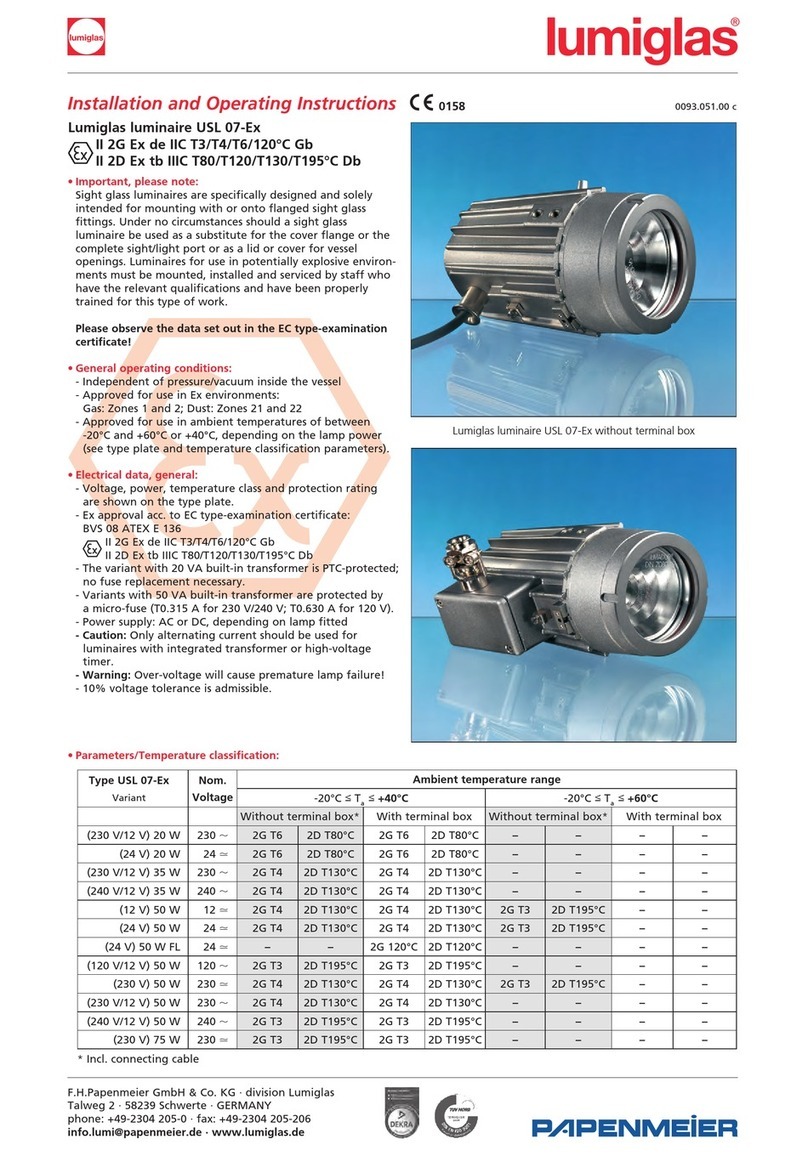
Papenmeier
Papenmeier Lumiglas USL 07-Ex Installation and operating instructions
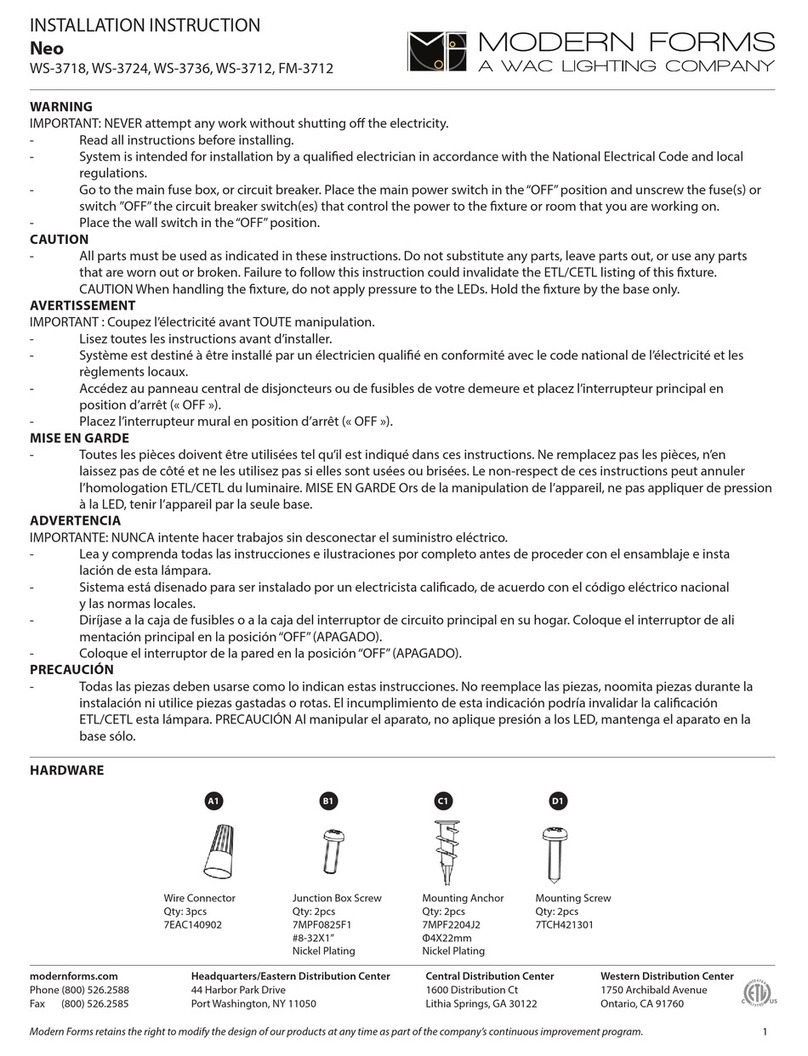
Modern Forms
Modern Forms Neo Series installation instructions
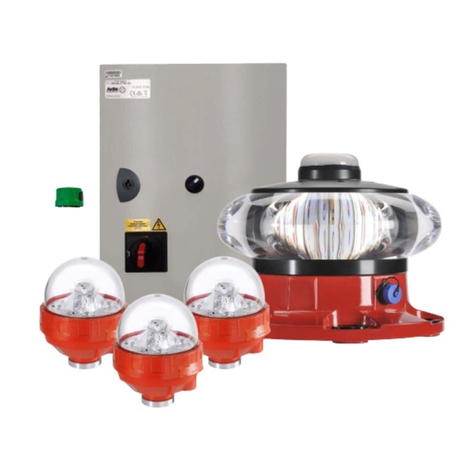
Avlite
Avlite AV-OL-KT-A1 Installation & service manual
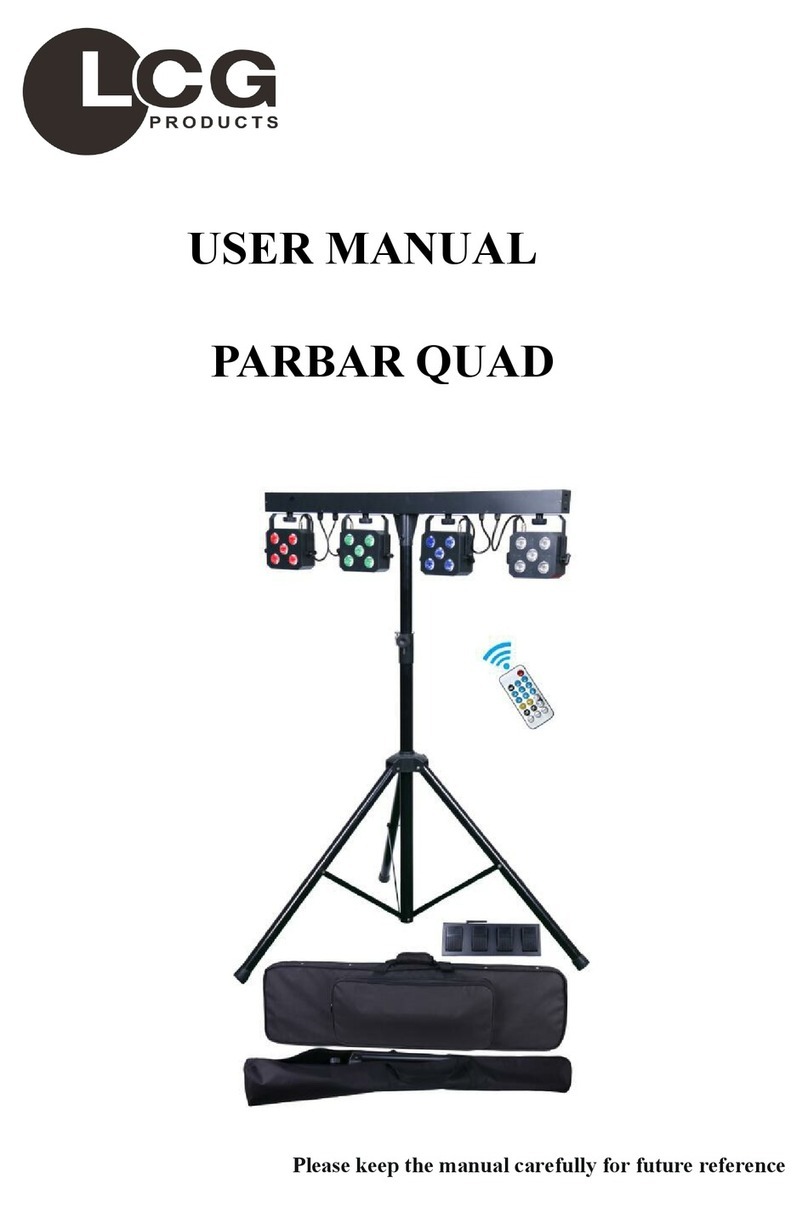
LCG
LCG PARBAR QUAD user manual

Faro Barcelona
Faro Barcelona 70160 manual

American DJ
American DJ rotogobo User instructions

as-Schwabe
as-Schwabe INDU1 operating instructions

Model Train Technology
Model Train Technology CABOOSE II Series Operation manual
